We independently evaluate all recommended products and services. If you click on links we provide, we may receive compensation.
Heat therapy is a commonly used technique for pain and stress relief. Whether you’re dealing with menstrual cramps, neck pain, or just allover stress, 20 minutes with a heating pad can be game-changing. But with all the heat therapy options available, how do you choose the best one for you? Should you get one you can pop in the microwave or choose a plug-in version instead?
We get it — you want to spend your money on the product that best meets your needs, and when it comes to heat therapy, there are an overwhelming amount of options to choose from at all different price points and sizes. Don’t worry — we’ve got you covered. Keep reading for everything you need to know about heating pads and all the ways they can affect your well-being.

Types of Heating Pads
One of the most common types of heating pad needs a microwave to initiate the heating process. You throw your pad in the microwave according to the manufacturer's instructions, put it on the affected area, and continue this cycle as many times as needed. The heat from a microwavable heating pad typically can last from five to 15 minutes. This isn’t as long as the time for versions you plug in, but microwavable pads are easy and often the most affordable.
Infrared and electric heating pads, meanwhile, usually require a plug-in, eliminating your ability to move around while using them. But they can provide more consistent and long-term relief, as the amount of heat will not decrease, since the heat source is coming from a constant electrical outlet. Infrared heating pads convert electricity to infrared light, which produces heat, similar to when you enter an infrared sauna. Electric pads use internal coils to produce various levels of heat based on the manual settings you choose. Think of electric pads almost like mini space heaters for your pain.
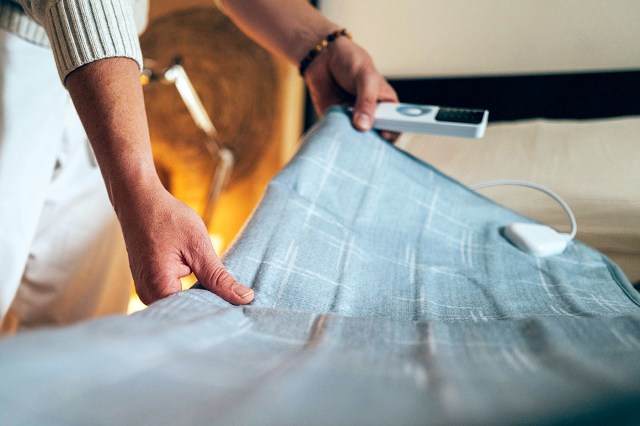
What Heating Pads Actually Do
Heat therapy works in conjunction with the flow of blood in your body by applying heat to an inflamed area. This dilates the blood vessels or brings more blood to the area where you’re applying heat, which in turn helps your body heal and offers instant relief by relaxing those painfully sore and tightened muscles.

The Benefits of a Heating Pad
Provides Pain Relief
Typically, when you’re in pain due to an injury or stress on your body, your muscles are extremely tight to protect that area, which can start to cut off blood flow. By applying heat, you’re encouraging blood to flow to the painful area, allowing your muscles to relax. Heat therapy can even help block the pain signals to your brain.
Alleviates Cramping
If you’ve experienced cramps from menstruation, dehydration, or just overworked and tight muscles, you know how painful it is when your muscles clench and tighten. Heat therapy allows these muscles to unclench, which can provide short-term relief from your symptoms.
Decreases Anxiety
One way to regulate your nervous system is to regulate the flow of blood in your body. Heat therapy helps with this, which can lead to a decrease in anxiety.According to HSS and exercise physiologist Chelsea Long, M.S., CSCS, the parasympathetic nervous system controls the body’s ability to relax. Whatever you can do to regulate this system — such as mild exercise, meditation, yoga, or deep breathing while wearing a heating pad — will lower anxiety.
Relieves Stiff Muscles and Tension
Promoting blood flow helps your sore and tightened muscles relax and can reduce joint stiffness, which is often where tension symptoms such as pain and tightness stem from. Heat therapy won’t cure an injury — you should still see a doctor — but studies have shown that it can speed up the healing process.
Improves Immunity
Like a session in the sauna, using a heating pad can help boost your immunity. Studies have shown heat therapy can increase the production of white blood cells, which help the body fight infection. The immunity-boosting is even more pronounced when heat is followed by cold therapy, such as an ice bath (usually two to three minutes) or a cold pack. Just be sure not to apply the cold therapy modality directly to your skin, and remove it after 20 minutes.
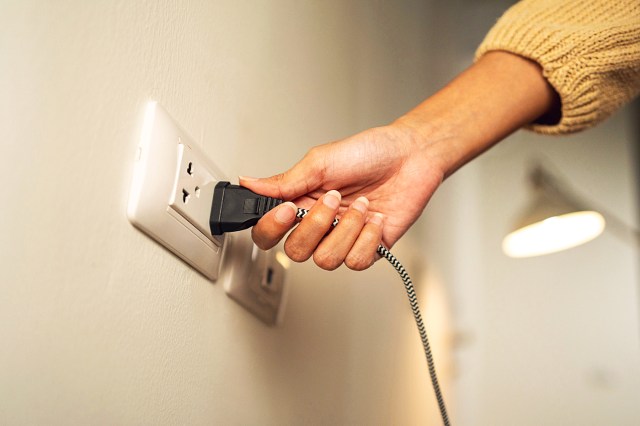
The Risks of Using a Heating Pad
While heating pads can provide relief for painful symptoms, you do have to be careful when using anything with heat (or cold!). One of the most obvious dangers is that heating pads can cause fires if left unattended on top of fabrics such as blankets or couch cushions. Always unplug a heating pad before going to bed.
Small children and pets should stay away from heating pads to avoid injury via the electrical cords or contact burns from the pad itself. Heating pads also should not be used on a high setting on bare skin, or you could burn yourself, too.
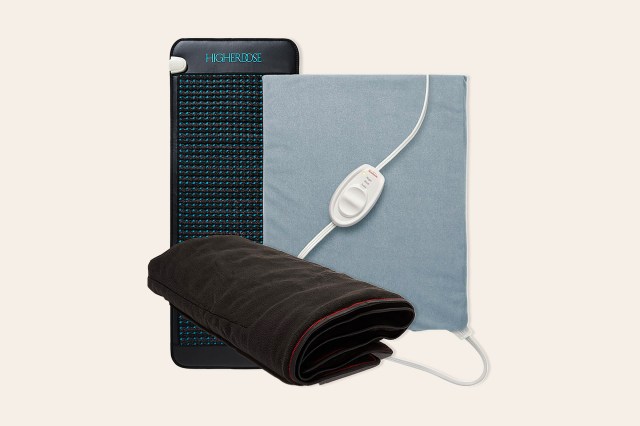
Shop for Heating Pads:
This article is for general informational purposes only.
Affiliate Disclaimer Medical Disclaimer



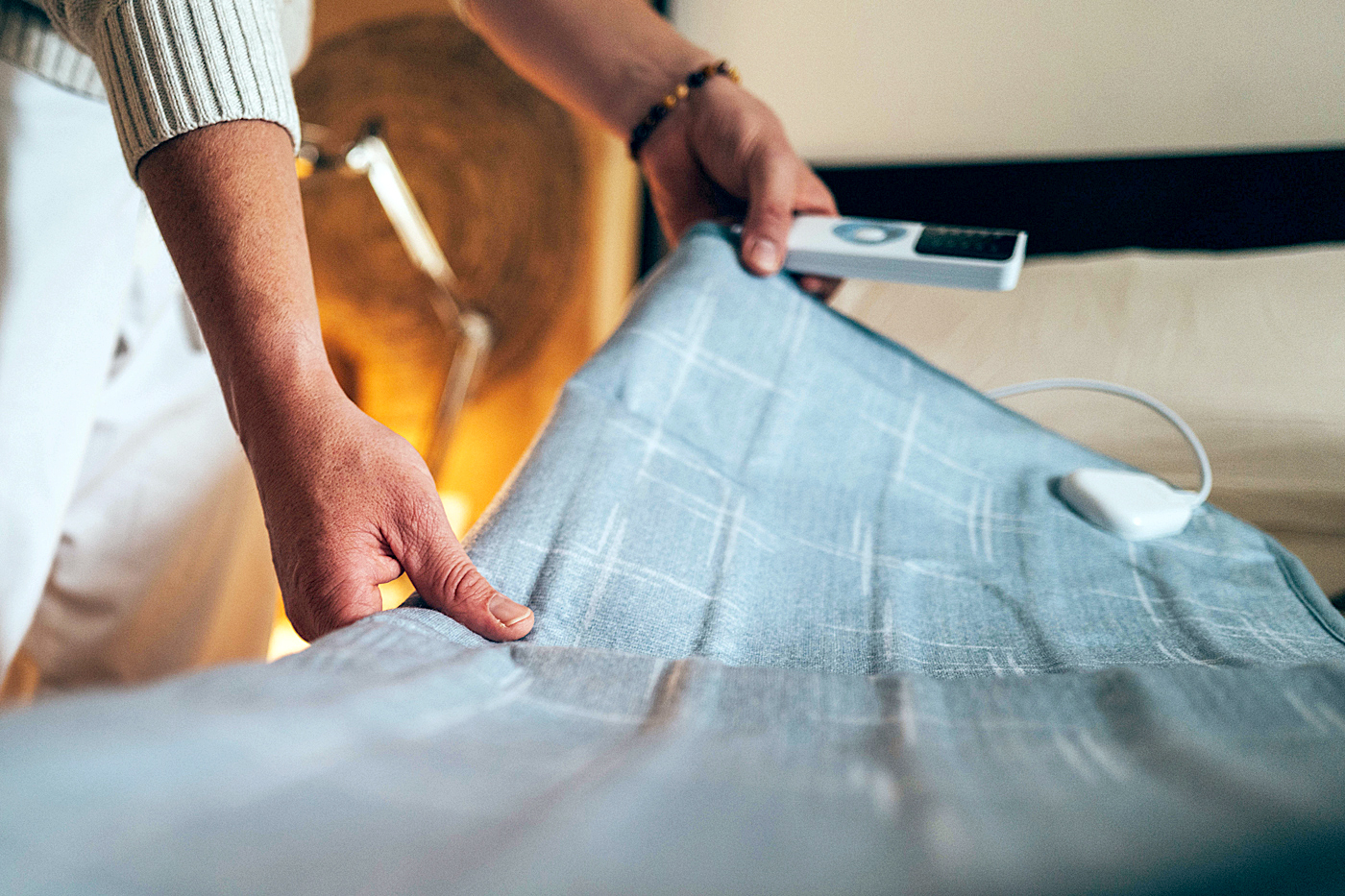


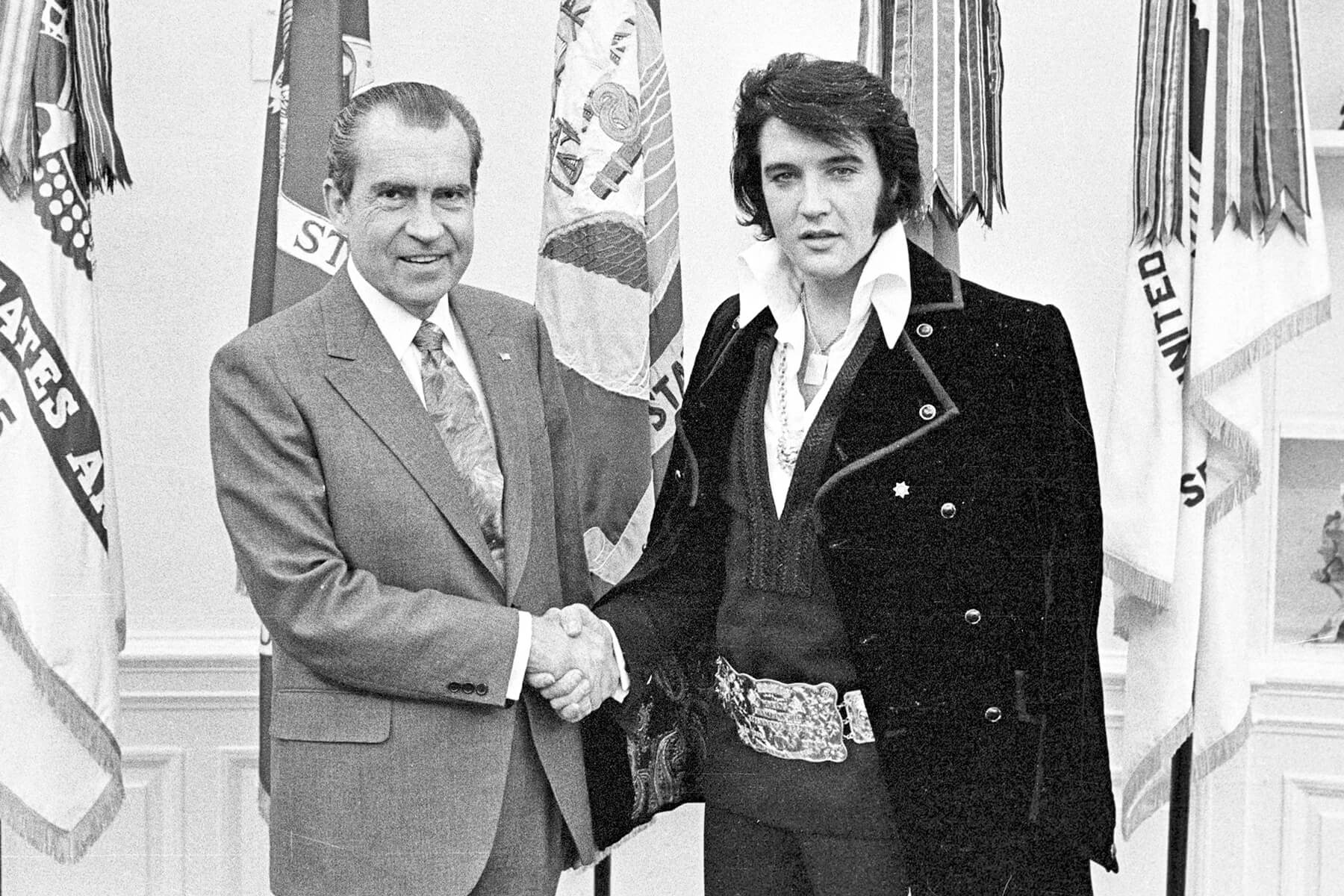
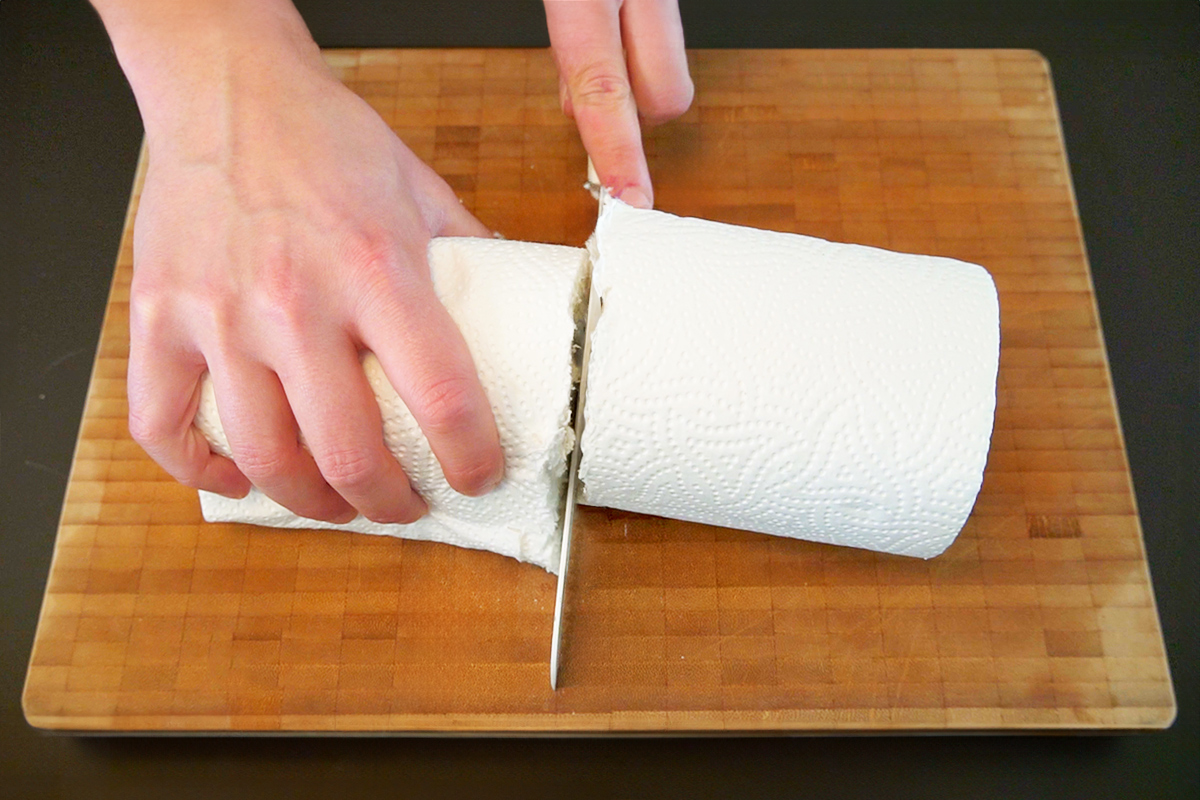
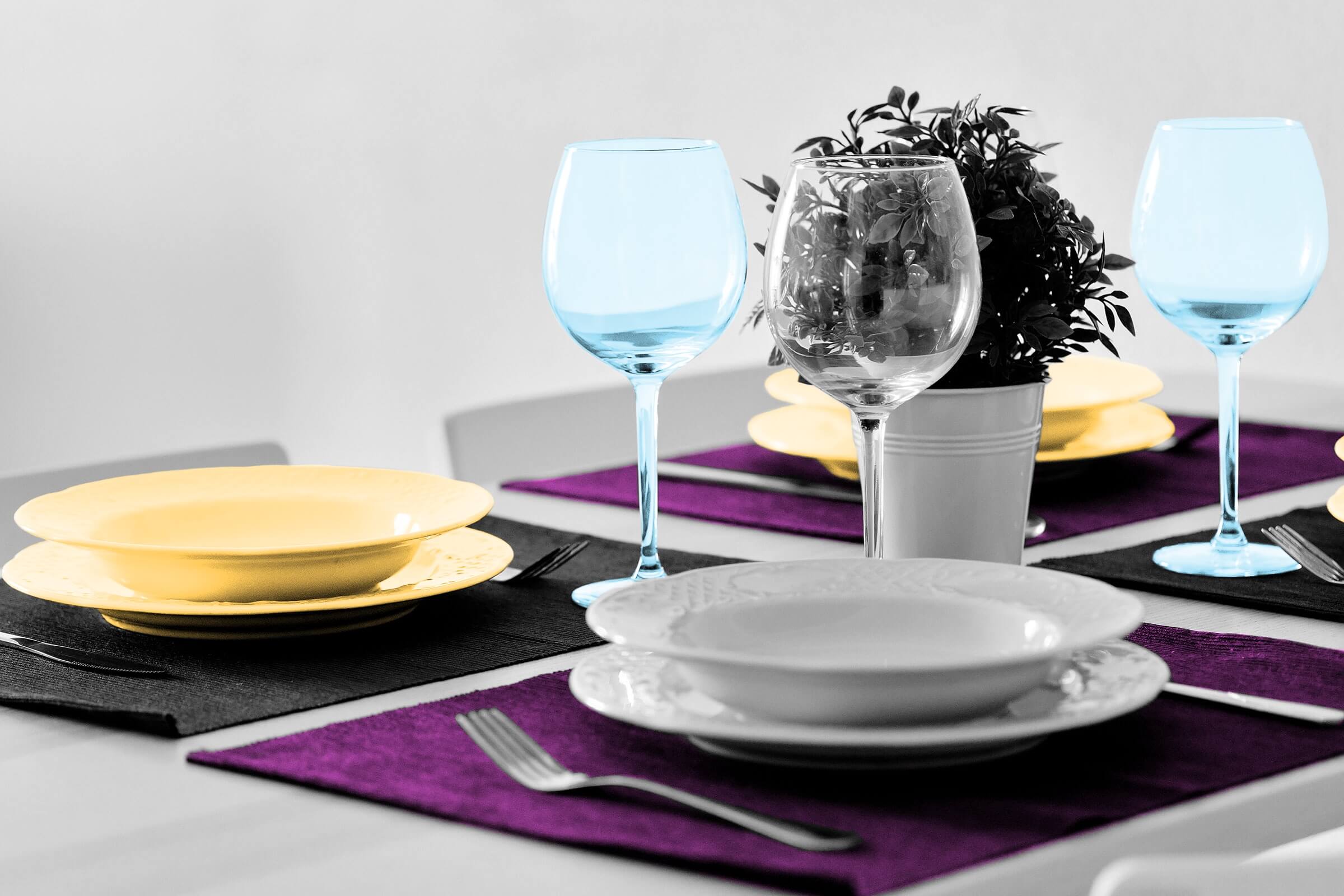
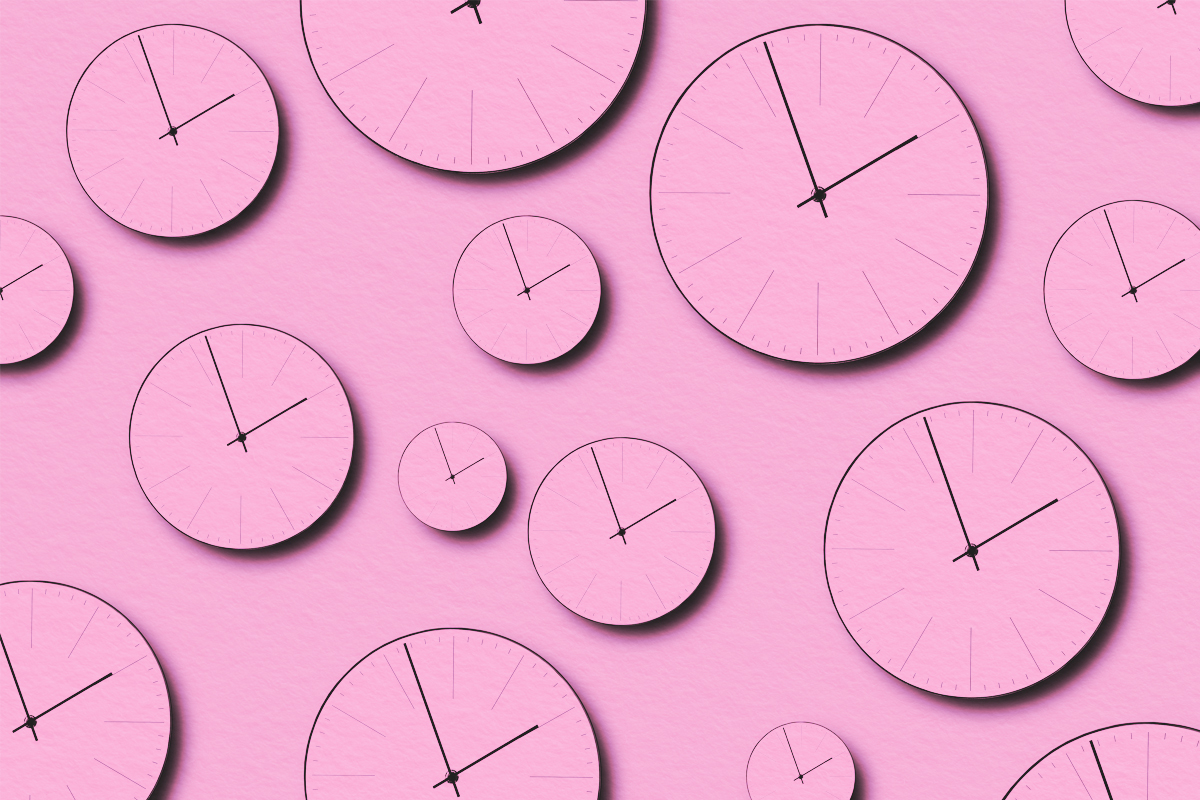
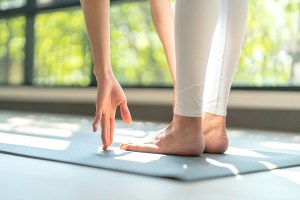





 Unique Beauty is free for all users.
Unique Beauty is free for all users.